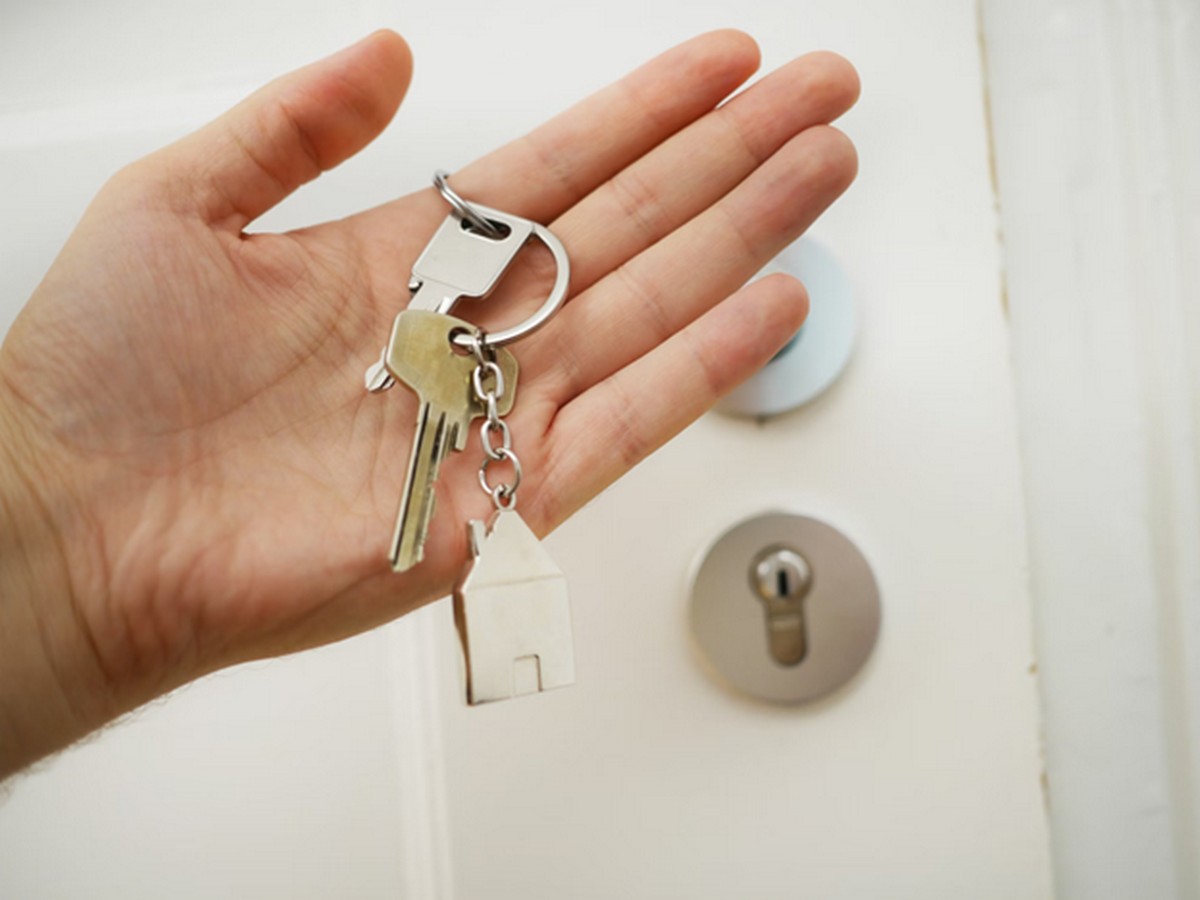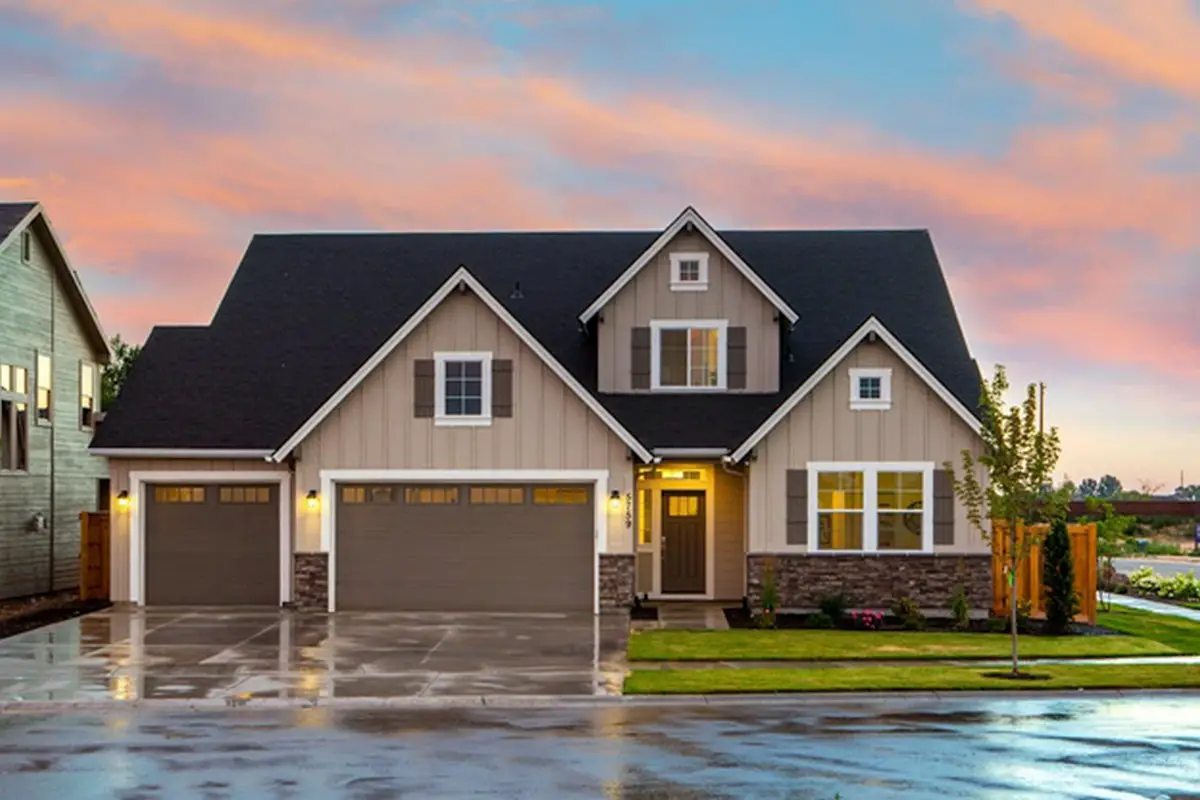Every real estate investor should know about roof maintenance, Roofers repair check, Home roof advice
What Every Real Estate Investor Should Know About Roof Maintenance
20 March 2024
Nestled high above the curb, the roof of a property often stands as a silent guardian, weathering the elements and sheltering all that lies beneath it. In the realm of real estate investment, the condition of a roof can be the difference between a sound investment and a costly liability. This comprehensive guide offers a high-level overview for real estate investors to understand the importance of roof maintenance, recognize common issues, and unravel the mystery of implementing a successful maintenance strategy. Harnessing this knowledge not only secures the investments but also cultivates a deeper understanding of a property’s well-being.
Assessing the Asset: The Importance of Proactive Roof Inspections
Before we even touch on maintenance, it’s crucial to grasp the importance of proactive roof inspections. An initial assessment can reveal a plethora of red flags, from missing shingles to potentially costly underlying issues. Undoubtedly, the roof’s age is a vital factor. The typical lifespan of a roof varies by material, with asphalt shingle roofs lasting 15-30 years (with varying durability based on weather conditions) and metal or slate roofs often surpassing the 50-year mark.
Investors frequently overlook the necessity of a thorough inspection at the time of purchase, choosing instead to rely on a home inspector’s report. However, an experienced roofing professional can provide a more in-depth analysis, identifying issues that may otherwise remain concealed. It’s worth noting that insurance companies often require these inspections for properties in certain age ranges or with specific types of roof material. By being diligent in this regard, investors can save themselves headaches and unexpected capital outlays in the future.
A Fiscal Quandary or A Capital Investment? Financing Roof Repairs
When it comes to real estate investing, every decision is a cost-benefit analysis. The cost of a roof repair or replacement can be substantial, but reframing the expense as a capital improvement rather than a fiscal drain can shift one’s perspective. A well-maintained roof preserves the property’s value, sustains the integrity of the structure, and demonstrates a commitment to long-term quality. Furthermore, certain improvements, such as installing a new energy-efficient roof or adding solar panels, can also lead to tax benefits and savings on utility bills, contributing to the property’s overall profitability.
Understanding the financing options is essential. While some repairs may be within the investor’s immediate budget, larger-scale projects can be funded through a variety of means, including personal outlay, bank loans, lines of credit, or refinancing. Partnerships with contractors who offer financing or engage in co-investment can also pave the way for more room in the investor’s capital budget.
A Multi-Pronged Approach to Roof Maintenance
A multi-pronged approach to roof maintenance involves not only addressing immediate repair needs but also implementing preventative measures to ensure the long-term health of the roof. Key to this strategy is understanding the significance of proper ventilation, which aids in maintaining the temperature and humidity levels in the attic space, directly impacting the roof’s lifespan. A guide to roof vent installation can be invaluable in this context, providing investors with the knowledge to ensure their properties are equipped with an adequate ventilation system. This not only prevents common issues such as ice damming and heat accumulation but also enhances the energy efficiency of the property, making it more attractive to prospective tenants or buyers. Regular cleaning of gutters and downspouts, trimming overhanging tree branches, and ensuring flashing is intact and sealed are also critical components of a comprehensive roof maintenance plan.
Navigating the World of Roofing Contractors
When it’s time to undertake repairs or a replacement, finding the right roofing contractor is paramount. Recommendations, online reviews, and a robust portfolio should be the cornerstones of your due diligence. Meet with potential contractors to discuss warranties, materials, and project timelines. Be sure to obtain multiple quotes, and resist the urge to default to the lowest bidder—quality should always prevail.
The best roofing contractors are licensed, bonded, and insured, protecting both the investor and the property from any mishaps that may occur during the project. It’s also important to understand the warranty associated with the work; reputable contractors often offer a workmanship warranty in addition to the material warranty, affirming their confidence in their service.
The Roof Over Your Portfolio: Insurance Considerations
Understanding your insurance coverage is vital, as not all types of damage are covered. Typically, insurance will cover damage from severe weather, such as wind, hail, or falling tree branches. However, it rarely covers damage resulting from lack of maintenance, such as leaks from old or damaged roofs. Review your policy annually and stay in communication with your insurance agent, particularly when changes are made to the property or when significant capital improvements are undertaken.
For investment properties, landlord insurance is generally recommended, as it protects against risks specifically associated with rental units. For more comprehensive coverage, some investors choose to purchase umbrella insurance, which serves as an additional layer of protection, particularly for high-value assets.
Sustainable Strategies for Roof Maintenance
In the era of heightened environmental awareness, implementing sustainable strategies for roof maintenance can serve a dual purpose. Green roofing materials can improve the property’s energy efficiency, earning the investor LEED certification points and attracting environmentally-conscious tenants. Utilizing materials that are recyclable at the end of their lifespan reduces the environmental impact and aligns with responsible stewardship.
When considering upgrades, explore options such as cool roofs, which reflect more sunlight and absorb less heat, reducing the property’s need for air conditioning. Or, investigate the installation of a green roof or solar panels, which can have long-term benefits for the environment and the investor’s bottom line.
Taking a comprehensive approach to roof maintenance is not only a sound financial strategy but also a critical component of responsible real estate investment. By understanding the role of the roof, recognizing common maintenance issues, and fostering a proactive and sustainable mindset, investors can protect their assets, attract quality tenants, and contribute to the overall health and resilience of their communities.
Comments on this What Every Real Estate Investor Should Know About Roof Maintenance article are welcome.
Roofing Articles
Roofing Posts
Flat roof repair

image source : pixabay.com
Insulation Options for Your Roof
How to make your roofing company a success
Eco Architecture
Contemporary Green Architecture Design
Comments / photos for the What Every Real Estate Investor Should Know About Roof Maintenance page welcome




